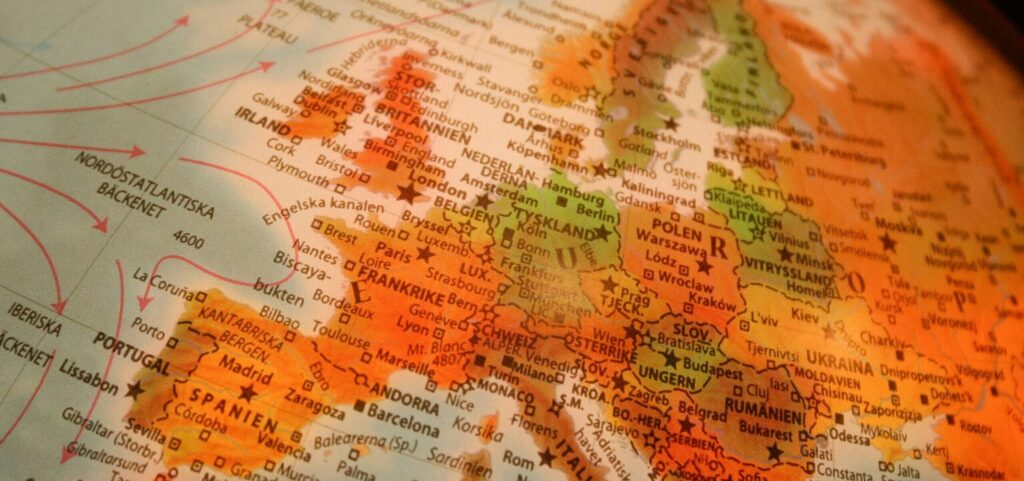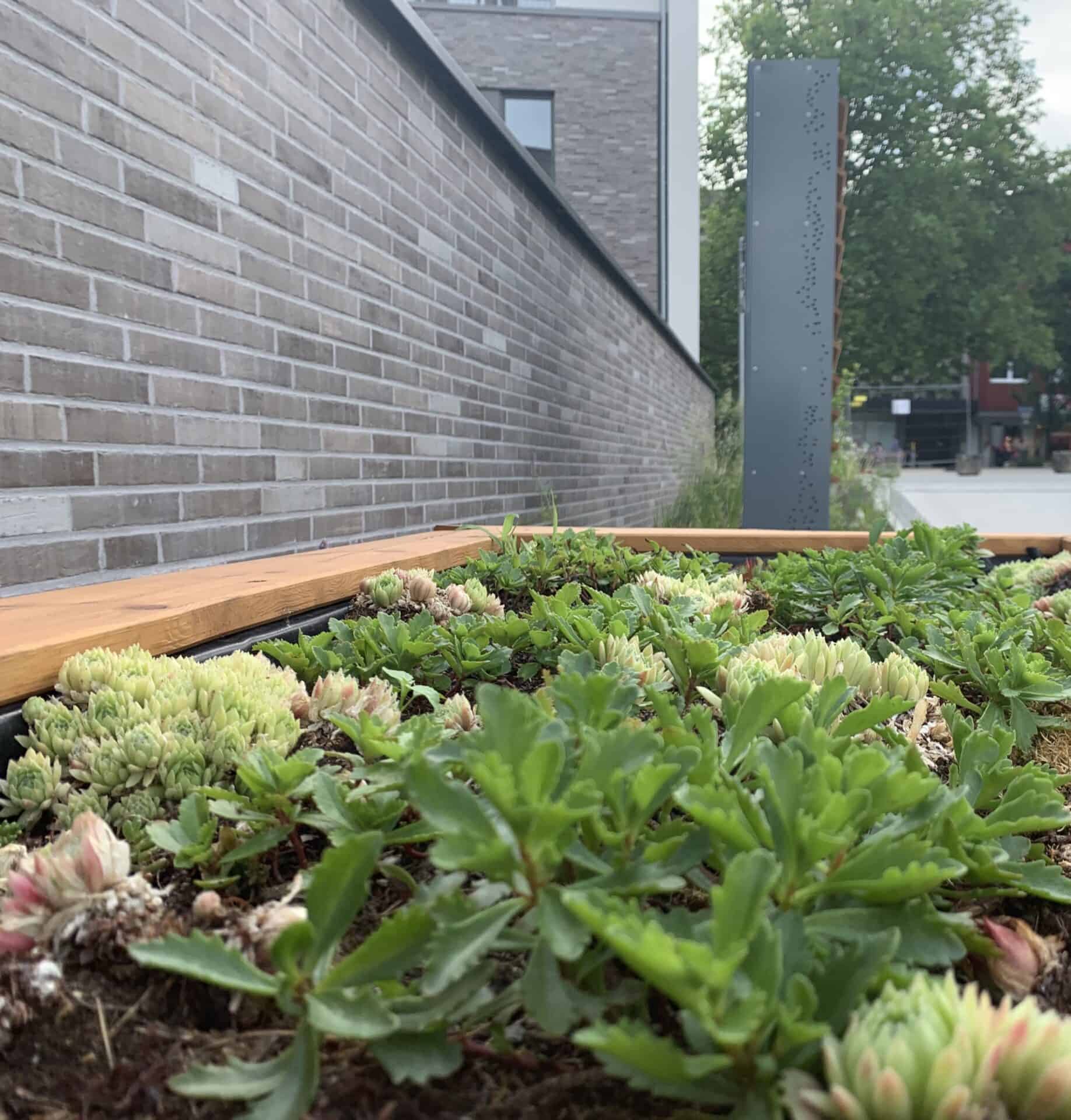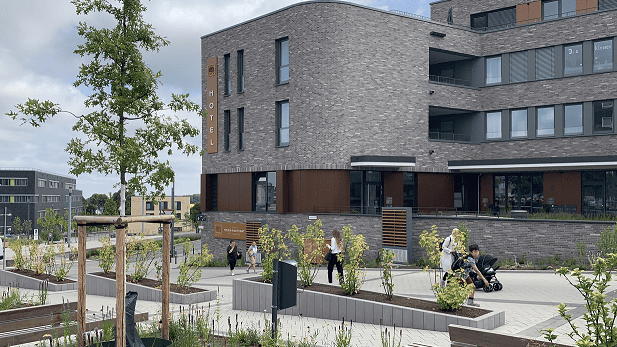Cities are key …
… to a climate-resilient Europe – and stronger adaptation targets can boost progress.
Do you know what are the “engines creating the value that boosts economic recovery”?
Cities are!
Do you know who “consumes 78 per cent of the world’s energy and produces more than 60 per cent of greenhouse gas emissions”?
Cities do!
But which are the places where “the fight for a green recovery will be won or lost”?
Cities are!
“Most Europeans live in urban areas” and by 2050, about 66 per cent of the world population will be living there, as the United Nations wrote on World Population Day. Thus, problems as pollution and waste are evolving.
“Urbanization presents some of the most significant opportunities and challenges in the world today. Cities are centres for economic growth and development but also face demographic, environmental, economic and social challenges”, according to UN HABITAT. You could read more in our article “URBAN OCTOBER: World Habitat Day & World Cities Day”.
Across Europe, the “average temperatures […] are rising faster than the global average, and Europe’s cities are feeling the impacts of climate change more regularly and more severely. With the summer of 2023 breaking temperature records, the case for investing in societal resilience to climate change has never been clearer”. [Read more about the European Climate Risk Assessment by the EEA and how “Europe is not prepared for the rapidly intensifying climate risks”.]
There is a need of urban adaption.

Photo: Calvin Hanson
The latest European Environment Agency (EEA) report “Urban adaptation in Europe” underlines that “cities play a key role in protecting citizens and improving the resilience of European societies against the increasing impacts of climate change” such as heatwaves and floods. The analysis “highlights the urgent need to adapt European cities to climate change and provides an overview of actions they are taking”: They include a “wide range of effective actions, including urban planning and building codes, economic incentives and insurance, early-warning systems and information campaigns”.
But: What Works?
The EEA report shows that they are “increasingly implementing nature-based solutions, which are included in 91% of local adaptation plans analysed” as they are e.g.
The European Commission defines nature-based solutions (NBS) as “Solutions that are inspired and supported by nature, which are cost-effective, simultaneously provide environmental, social and economic benefits and help build resilience. Such solutions bring more, and more diverse, nature and natural features and processes into cities, landscapes and seascapes, through locally adapted, resource-efficient and systemic interventions.” The Term is “often used as an umbrella term for ecosystem-based approaches and green infrastructure and is defined as being the utilisation and support of natural systems, contrary to adaptation interventions based solely on civil engineering”.
However, the EEA states that “it may still be necessary to combine nature-based approaches with other types of actions, including physical infrastructure”!
The key messages are:
- Key NBS for resilient European cities involve maintaining, restoring and creating new parks and urban forests, planting individual urban trees, improving urban water management and greening buildings (e.g. green roofs and facades). These measures help to combat UHI effect and regulate water in an urban environment.
- NBS are increasingly used across European cities, with 91% of local climate action plans including such measures. The multitude of co-benefits NBS can bring, such as biodiversity gains, recreation potential and mental well-being, mean that they are also increasingly recognised as ‘no regret’ measures.
- Financing, the technical capacity to implement, health concerns and competition for space are some of the main concerns related to the implementation of NBS. Importantly, equity concerns need to be addressed in the implementation of NBS. Priority should be put on areas most in need of additional green infrastructure while having mechanisms in place to limit green gentrification.
- A trend can be observed in shifting conversations from ‘green versus grey’ to ‘green with grey’, keeping in mind the limitations of green infrastructure (e.g. effectiveness for major flooding events).
Key examples of NBS are Green Options and and Blue Options.
“Many cities have strategies in place to improve and expand on green infrastructure networks in ‘green belts’ around their cities or ‘green corridors’ spanning from the city outskirts towards the centre. […] Green belts throughout the city are important for recreational purposes, and for water and air management”. Thus, “Many cities are integrating more green areas directly into public spaces in denser urban areas in the form of pocket parks, green roofs and facades”.
In Germany, “cities are adopting NBS such as green roofs and facades to enhance rainwater absorption, cool buildings, improve air quality and promote public wellbeing”. Germany “has become a global leader in greening practices”!
Photos: GCS
What about combining nature with technology?
What about combining moss with state-of-the-art IoT technology, as well as innovative ventilation and irrigation techniques to create and realize clean air concepts?
The specialized mosses are high-performance plants that allow for targeted use indoors and outdoors as an effective and measurable measure against heat and pollutants.
“We must take action to confront climate change and adapt accordingly“, said Andreas Sauerwein, Technical Councilor of the city of Heiligenhaus.
Thus, the city of Heiligenhaus has installed WallBreeze units as answer to the quation “What measures can we take in densely built-up, concrete cities to effectively combat the heat?” (WDR „Lokalzeit Bergisches Land”)
Constanze Schmidt from the Wuppertal Institute for Climate, Environment, and Energy gGmbH confirms that the regenerative biofilters are particularly beneficial “where greening and planting trees are not feasible”. In such cases, they “serve as a valuable complementary measure to cool down public spaces crowded with people and facing air pollution”. [Read and see more in “The breathing Walls of Heiligenhaus”.]





